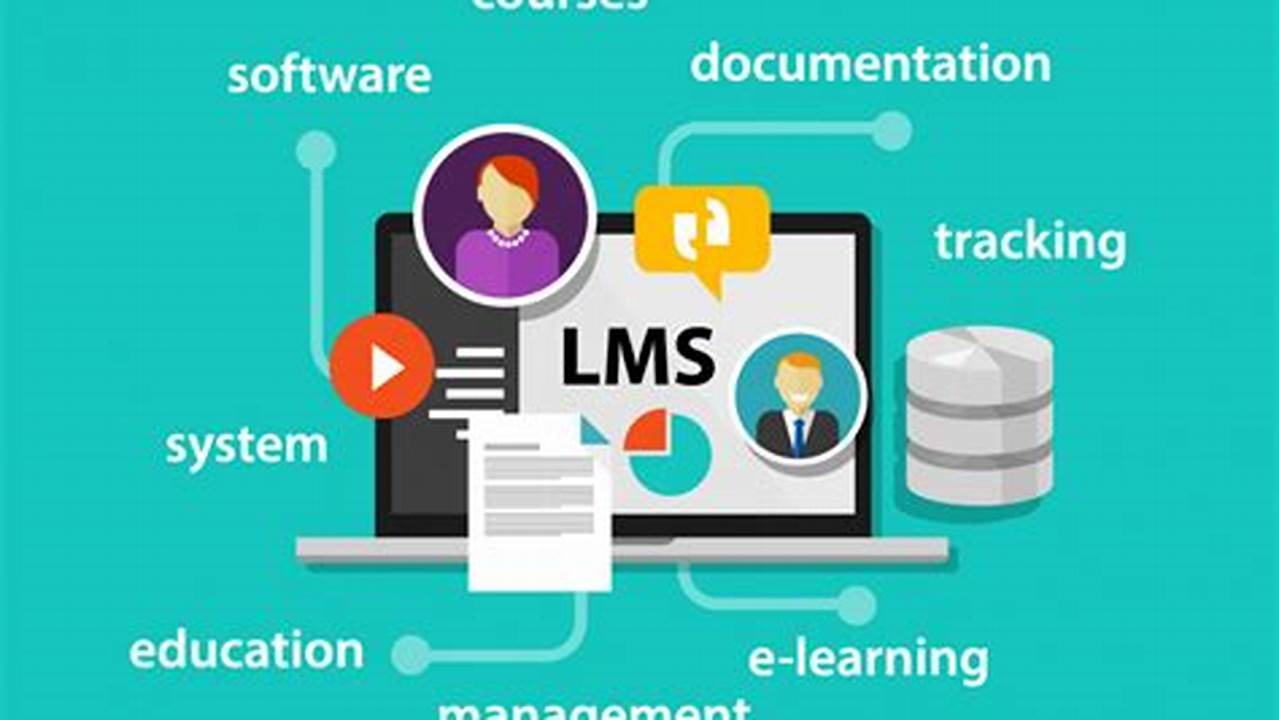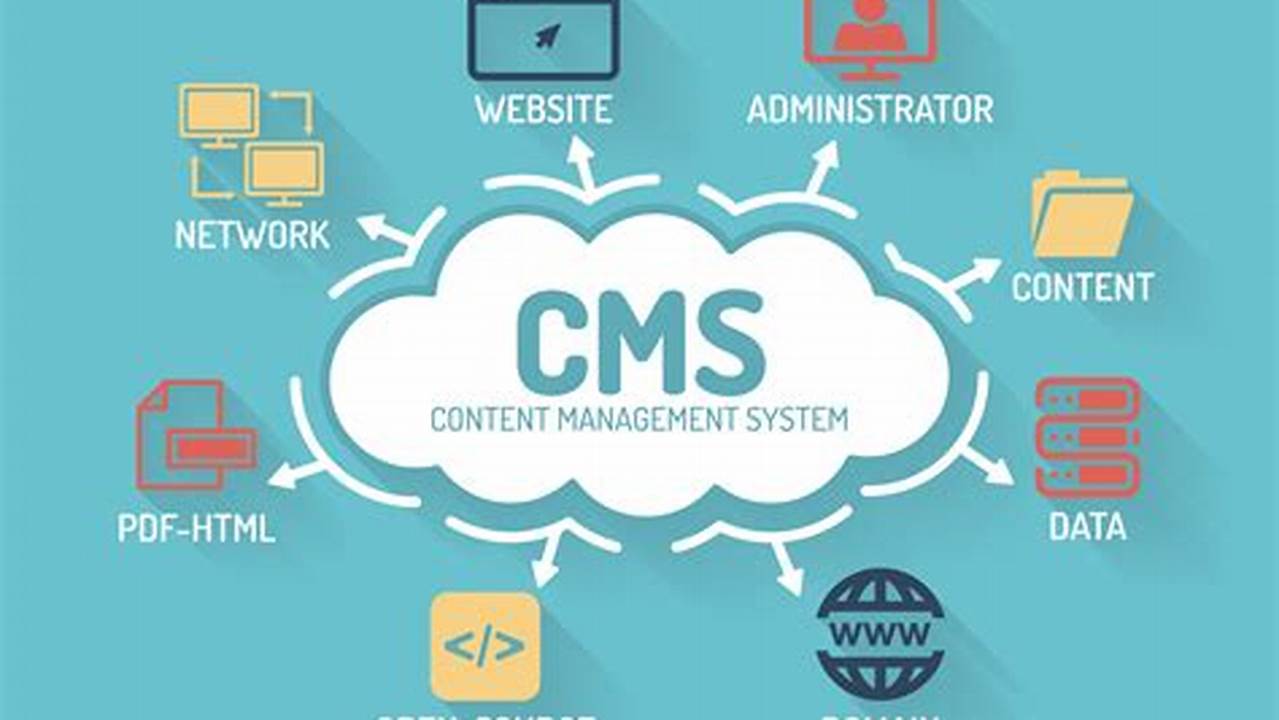Managing educational content effectively is crucial in today’s dynamic learning environments. A structured approach to creating, storing, reusing, and delivering learning materials ensures consistency, efficiency, and scalability. This approach often involves specialized software known as a learning content management system.
Centralized Content Repository
Provides a single source of truth for all learning materials, streamlining access and management.
Version Control and Tracking
Enables efficient management of content updates and revisions, ensuring learners always access the latest versions.
Content Reusability and Modularity
Facilitates the creation of learning objects that can be repurposed across multiple courses and programs, saving time and resources.
Personalized Learning Experiences
Allows tailoring content delivery based on learner needs, preferences, and progress.
Automated Content Delivery
Streamlines the distribution of learning materials, reducing administrative overhead.
Integration with Other Systems
Connects with learning management systems (LMS), human resource management systems (HRMS), and other platforms for a holistic learning ecosystem.
Enhanced Collaboration
Provides tools for content creators, subject matter experts, and instructional designers to work together effectively.
Detailed Reporting and Analytics
Offers insights into content usage, learner performance, and overall program effectiveness.
Scalability and Flexibility
Adapts to evolving organizational needs and supports growth in learner populations.
Cost-Effectiveness
Reduces content duplication and streamlines development processes, resulting in long-term cost savings.
Tips for Effective Implementation
Needs Assessment: Conduct a thorough analysis of learning needs and objectives before selecting a system.
Stakeholder Involvement: Engage key stakeholders, including content creators, learners, and IT staff, throughout the implementation process.
Pilot Testing: Implement the system on a small scale to identify potential issues and refine processes before full deployment.
Ongoing Training and Support: Provide comprehensive training and ongoing support to users to maximize system adoption and effectiveness.
Frequently Asked Questions
How does an LCMS differ from an LMS?
While an LMS focuses on delivering learning experiences, an LCMS centers on content creation, management, and reuse. They often work in tandem.
What are the key features to consider when choosing an LCMS?
Essential features include version control, workflow management, content authoring tools, and integration capabilities.
What are the benefits of using an LCMS for content development?
Benefits include improved content quality, consistency, reusability, and reduced development time and costs.
How can an LCMS support blended learning strategies?
An LCMS allows organizations to manage and deliver various content formats, including online modules, videos, and documents, supporting diverse learning needs.
What are some examples of popular LCMS platforms?
Several robust platforms exist, each with its strengths and weaknesses. Researching different options based on specific needs is crucial.
How does an LCMS improve content accessibility?
Features like built-in accessibility checkers and support for various content formats help ensure learning materials are usable by everyone.
Effectively managing learning content is essential for successful training and development programs. Leveraging a robust system offers a structured approach to content creation, storage, and delivery, ultimately leading to improved learning outcomes and organizational performance.



